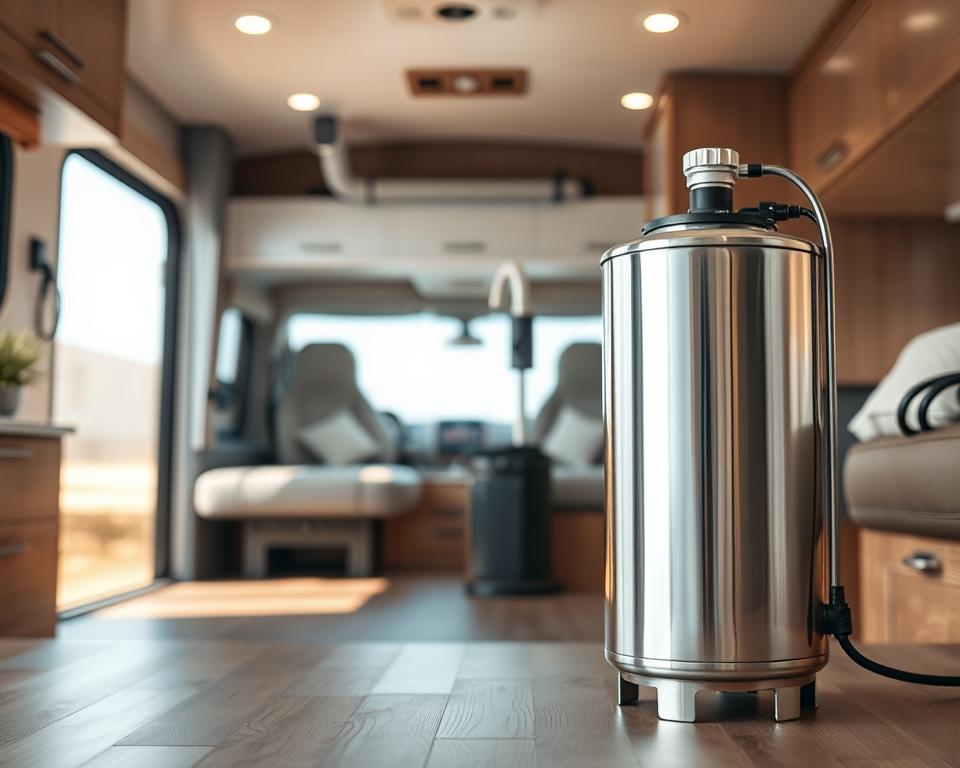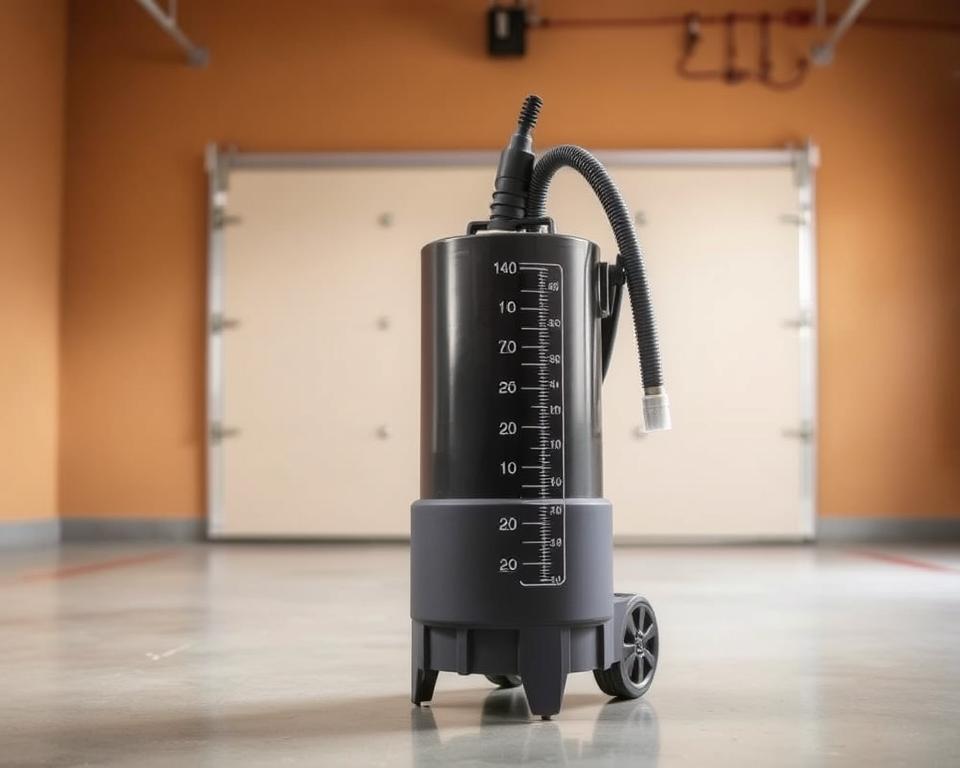Aerobic Tank Air Pump: Complete Guide for Householders
Curious about what boosts your air-treated Septic system’s output? The Septic air pump is the unsung key component integral for your system. In this article, property owners will obtain useful know-how on the Septic air pump’s purpose. It’s critical for a healthy, optimized Septic system.
Knowing the significance of a Septic tank air Pump can boost your Septic system’s capabilities using septic tank service near me. It also protects your real-estate worth and surrounding ecosystem. This guide will feature All in Sanitation, a reputable Septic industry authority. They’re ready to fulfil your Septic aerator Pump requirements.
Notable Observations
- The Septic air Pump is paramount for oxygen-based Septic setups.
- Servicing your Septic system air Pump can boost overall system operation.
- Scheduled assessments extend the longevity of your Septic tank air Pump.
- Selecting the proper Septic aerator Pump is key for optimal operation.
- All in Sanitation supplies dedicated services for Septic air Pump needs.
Understanding Aerobic Septic Solutions
Aerobic Septic systems provide a more effective waste treatment alternative by utilizing oxygen. This technique consists of aerobic bacteria operating in well-oxygenated environments. These bacteria are more efficient in processing organic matter. With the help of Septic aerator Pumps, these systems deliver a consistent oxygen supply, improving the waste decomposition process.
These systems shine in reducing sludge buildup, thanks to the activity of aerobic bacteria. This reduction in solid waste means minimal cleaning and periodic Pump service is required. Additionally, they successfully handle wastewater, resulting in reduced odors. This produces a healthier environment for homeowners and the community alike.
To guarantee these systems run properly, it’s crucial to recognize the key Septic system components. These include the Septic tank, treatment chamber, and effluent Pump. Each section is vital, especially the air Pump. It pushes oxygen into the tank, vital for the aerobic bacteria’s activity.
Role of the Septic Air Pump
The Septic air Pump is central in the functioning of aerobic Septic systems. It serves as the system’s “breathing mechanism,” supplying the needed oxygen needed. This oxygen helps aerobic bacteria to thrive and process waste properly. If the Pump fails, the system’s capability drops, causing sludge buildup and possible odors.
Such issues can disrupt Septic system operations and cause environmental hazards. By realizing how important the Septic air Pump is, homeowners can act preemptively. They can maintain its peak function through scheduled service. This avoids failures, prevents costly repairs, and keeps the aerobic system’s condition.
Key Benefits of Using a Septic Air Pump
Running a Septic air Pump notably enhances the effectiveness of Septic systems. Septic air Pumps are crucial as they accelerate the decomposition of waste. This is accomplished by oxygenating the treatment process, stimulating aerobic bacteria growth. These bacteria are vital for proper waste treatment.
They’re also helpful in minimizing foul smells. With more active aerobic processes, waste is treated faster, thus diminishing odors. This ensures better surroundings for homeowners.
Another significant benefit is the cut in sludge accumulation. Consequently, tanks require less frequent Pumping, reducing both money and time. Better processing not only saves costs but also extends the lifespan of the drain field.
Proper care of these Pumps properly means fewer repair costs and meeting regulatory standards. Thus, the upsides of Septic air Pumps are not only for homeowners. They also benefit environmental health by advancing waste management practices.
| Benefit | Description |
|---|---|
| Fast Waste Breakdown | Greater aerobic activity quickens the decomposition process. |
| Minimized Odor Emissions | Improved treatment efficacy results in fewer odors. |
| Reduced Sludge Buildup | Fewer Pumping and maintenance are required. |
| Extended Drain Field Life | Better treatment means a healthier drain field. |
| Cost Savings | Lower chance of repairs and regulatory compliance cost. |

Selecting the Best Septic Air Pump
Selecting the proper Septic air Pump is vital for an optimized aerobic system. Homeowners should assess various factors for the ideal match. The volume of the tank and the airflow requirements matter greatly the Pump’s performance.
To choose intelligently, it’s helpful to know the air Pumps available. There are mainly two types: diaphragm Pumps and rotary vane Pumps. Each comes with unique benefits, which should be paired with your home’s specific needs and how it operates.
Electric efficiency also is a factor. Opting for a Pump that lowers energy use while achieving the needed airflow can offer significant savings. Assistance from All in Sanitation experts can be very helpful. They verify the Pump you choose fits your system’s requirements exactly.
Popular Categories of Septic Air Pumps
Homeowners can decide more effectively by recognizing the different Septic air Pumps available. There are mainly two types: diaphragm Pumps and rotary vane Pumps. Each has its particular functions and benefits.
Diaphragm Pumps, famous for their silent operation, are commonly used for residential Septic systems. They deliver energy efficiency while delivering reliable air delivery. Their constant performance is ideal for smaller systems, meeting the needs of many homeowners.
Rotary vane Pumps, however, are designed for higher-capacity or commercial systems. These Pumps offer more power, essential in handling bigger loads. Their solid build ensures efficient operation in heavy-duty Septic systems.
| Type of Pump | Best Use | Advantages |
|---|---|---|
| Diaphragm Pumps | Residential Systems | Quiet operation, energy-efficient, reliable air flow |
| Rotary Vane Pumps | Larger or Commercial Systems | Powerful performance, high capacity, durable construction |
Appreciating the variations in Septic air Pumps is key for upgrades or replacements. Each Pump type offers distinct traits to address various needs. This secures top performance for any system.
Clues Pointing to a Septic Air Pump Replacement
Homeowners must be alert to Pump failure signs in their Septic systems. Some signals indicate the need for a Septic air Pump replacement. These help maintain smooth operation. Noticing these in time prevents bigger issues.
Signs of potential problems include:
- Unusual noises from the Pump, like grinding or buzzing, might signal internal damage.
- A clear lack of air output reveals the Pump isn’t working well, affecting efficiency.
- Repeated electrical problems, such as blown fuses or voltage drops, could suggest overloading.
- Visible damage on the Pump unit, with breaks or leaks, needs quick action.
- Offensive smells in the yard often suggest a compromised Pump, showing ineffective effluent aeration.
Spotting these signs early stops expensive repairs or total system failure. Carrying out routine inspections assists in finding these issues. It also shows if you require a new Septic air Pump.
Upkeep Advice for Your Septic Air Pump
For an well-running Septic air Pump, periodic care is crucial. This ensures that that your system operates correctly. Homeowners can follow several easy-to-follow care strategies for peak results.
Half-yearly, carry out a thorough inspection for wear or damage. It is also important to change the filters as suggested. This stops clogs that could lower efficiency.
The Pump should be placed on a steady base to minimize vibrations, which could damage it over time. A protective cover is essential too. It defends against debris and water, maintaining the Pump’s functionality.
Diligent care can greatly lengthen the life of your Pump. In turn, this benefits the Septic system’s performance as a whole.
| Maintenance Task | Frequency | Benefits |
|---|---|---|
| Inspect Pump for damage | Every 6 months | Identifies issues early |
| Replace filters | As needed | Enhances operation |
| Check surface stability | Annually | Protects components |
| Clear debris around Pump | Monthly | Maintains airflow |
Placing Your Septic Air Pump
Accurate installation of your Septic air Pump is essential for its smooth operation. To start, find a reliable, moisture-free area for placement. The chosen spot should reliably hold the Pump’s weight with ease.
To properly fit your Pump on your own, observe the following guidelines:
- Assemble all necessary items, including the Pump, a power source, and hose fittings.
- Carefully read the manufacturer’s guidelines before starting your installation.
- Make sure every connection is sealed to prevent air leaks that reduce performance.
- After assembly, complete a test to confirm the system works as intended.
If the installation process appears difficult, get in touch with All in Sanitation. Their professionals can prevent common errors, confirming your setup complies with necessary safety requirements.
Advantages of Using All in Sanitation for Your Septic Air Pump Services
When picking a Septic service provider, the choice is significant. All in Sanitation sets itself by supplying dependable Septic air Pumps. They satisfy wide-ranging homeowner requirements with a comprehensive selection of top-tier products. This makes sure customers get an perfect match for their Septic systems.
What further defines All in Sanitation is in addition to their extensive product lineup. Their focus to outstanding customer service is just as important. Homeowners receive professional guidance, leading them to trusted Septic solutions. This collaboration is essential to personalize each solution to meet specific needs.
All in Sanitation also prioritizes aftercare to guarantee lasting satisfaction. Their dedication continues beyond the initial sale. They deliver ongoing support to keep Septic systems operating efficiently for the foreseeable future.
Financial Aspects for Septic Air Pumps
Appreciating the financial elements associated with Septic air Pumps is key for homeowners who run aerobic Septic systems. At first, one faces the price tag, which includes the Pump and required accessories. Installation expenses change, according to the system’s complexity and any modifications required.
Ongoing upkeep forms an additional cost layer. Periodic reviews can fend off bigger issues, eventually resulting in savings. Homeowners should set aside funds for Septic maintenance to retain the Pump’s effectiveness and life expectancy. Such planning prevents expensive repairs later on, showing the advantage of proactive maintenance.
| Cost Component | Average Cost Range |
|---|---|
| Septic Air Pump | $500 – $1,200 |
| Installation | $300 – $800 |
| Annual Maintenance | $150 – $400 |
| Potential Repair Costs | $1,000 – $5,000 |
Itemizing Septic air Pump expenses into individual parts helps homeowners in budgeting. This careful approach guarantees the system’s reliable running and their reassurance.
The Bottom Line
For homeowners with aerobic Septic systems, maintaining Septic setups is essential. The right Septic air Pump improves waste processing and prolongs your system’s life. Practising ongoing care and swiftly handling issues prevents large repair bills and disruptions.
Choosing a Septic air Pump demands attention. This guide highlighted how to make smart choices about installation and replacement. With All in Sanitation’s expertise, you can navigate your Septic systems’ complexities with confidence.
Attending to your Septic air Pump improves your system’s operation and service life. It ensures a reliable and proper operation over time. Don’t forget, your home’s wastewater management benefits greatly from regular attention.


